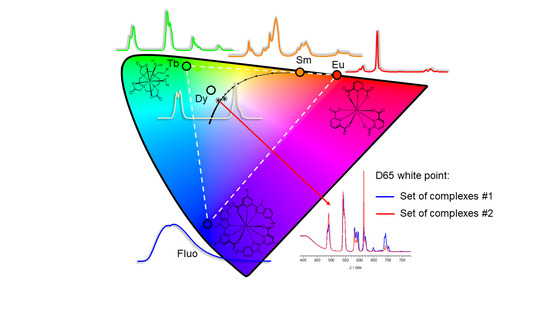Colorimetry of Luminescent Lanthanide Complexes
Abstract
Share and Cite
Andres, J.; Chauvin, A.-S. Colorimetry of Luminescent Lanthanide Complexes. Molecules 2020, 25, 4022. https://doi.org/10.3390/molecules25174022
Andres J, Chauvin A-S. Colorimetry of Luminescent Lanthanide Complexes. Molecules. 2020; 25(17):4022. https://doi.org/10.3390/molecules25174022
Chicago/Turabian StyleAndres, Julien, and Anne-Sophie Chauvin. 2020. "Colorimetry of Luminescent Lanthanide Complexes" Molecules 25, no. 17: 4022. https://doi.org/10.3390/molecules25174022
APA StyleAndres, J., & Chauvin, A.-S. (2020). Colorimetry of Luminescent Lanthanide Complexes. Molecules, 25(17), 4022. https://doi.org/10.3390/molecules25174022






